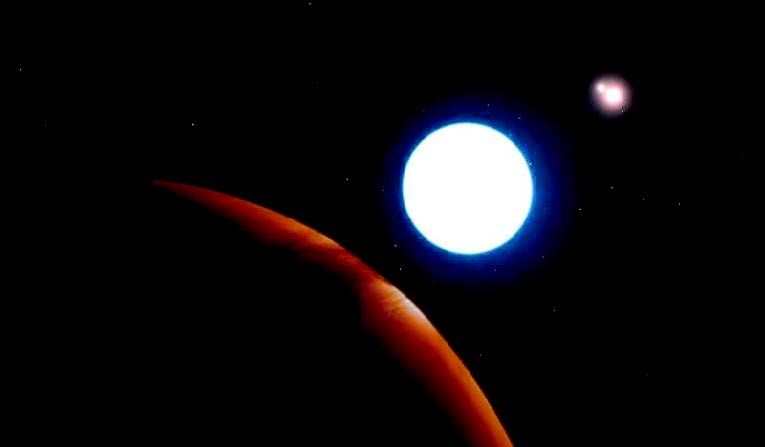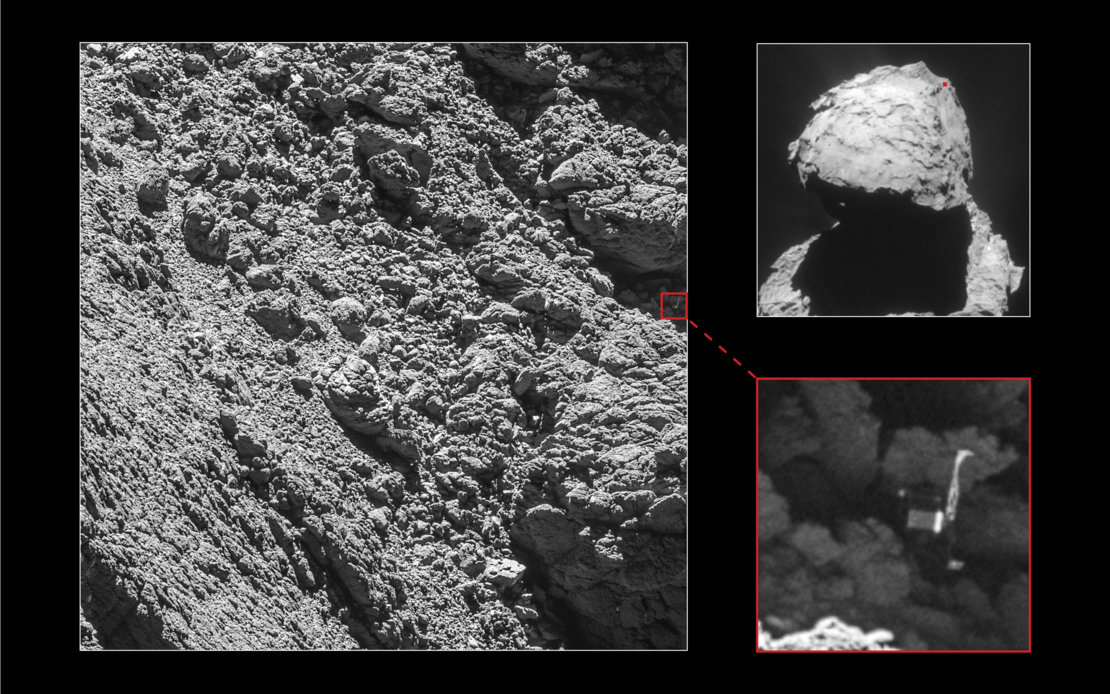
WASHINGTON (TIP): Rocks formed by the grinding together of other rocks during earthquakes are rich in trapped hydrogen, and similar seismic activity on Mars may produce enough hydrogen to support life, a new study has claimed.
Researchers, including those from Yale University in the US, studied rock formations around active fault lines in the Outer Hebrides, off the coast of Scotland.
“Previous work has suggested that hydrogen is produced during earthquakes when rocks fracture and grind together. Our measurements suggest that enough hydrogen is produced to support the growth of microorganisms around active faults,” said Yale geologist Sean McMahon, first author of the study.
While humans and other animals get their energy mainly from the reaction between oxygen and sugar, bacteria use a wide array of alternative reactions to obtain energy.
The oxidation of hydrogen gas, for example, generates enough energy for bacteria deep in the Earth’s subsurface.
“Mars is not very seismically active, but our work shows that ‘Marsquakes’ could produce enough hydrogen to support small populations of microorganisms, at least for short periods of time,” McMahon said.
“This is just one part of the emerging picture of the habitability of the Martian subsurface, where other sources of energy for life may also be available,” said McMahon.
“The best way to find evidence of life on Mars may be to examine rocks and minerals that formed deep underground around faults and fractures, which were later brought to the surface by erosion,” he said. “Nasa has plans to measure seismic activity on Mars during its 2018 InSight mission, and our data will make those measurements all the more interesting,” said John Parnell from the University of Aberdeen in Scotland, co-author of the study along with Nigel Blamey of Brock University in Canada.





Be the first to comment